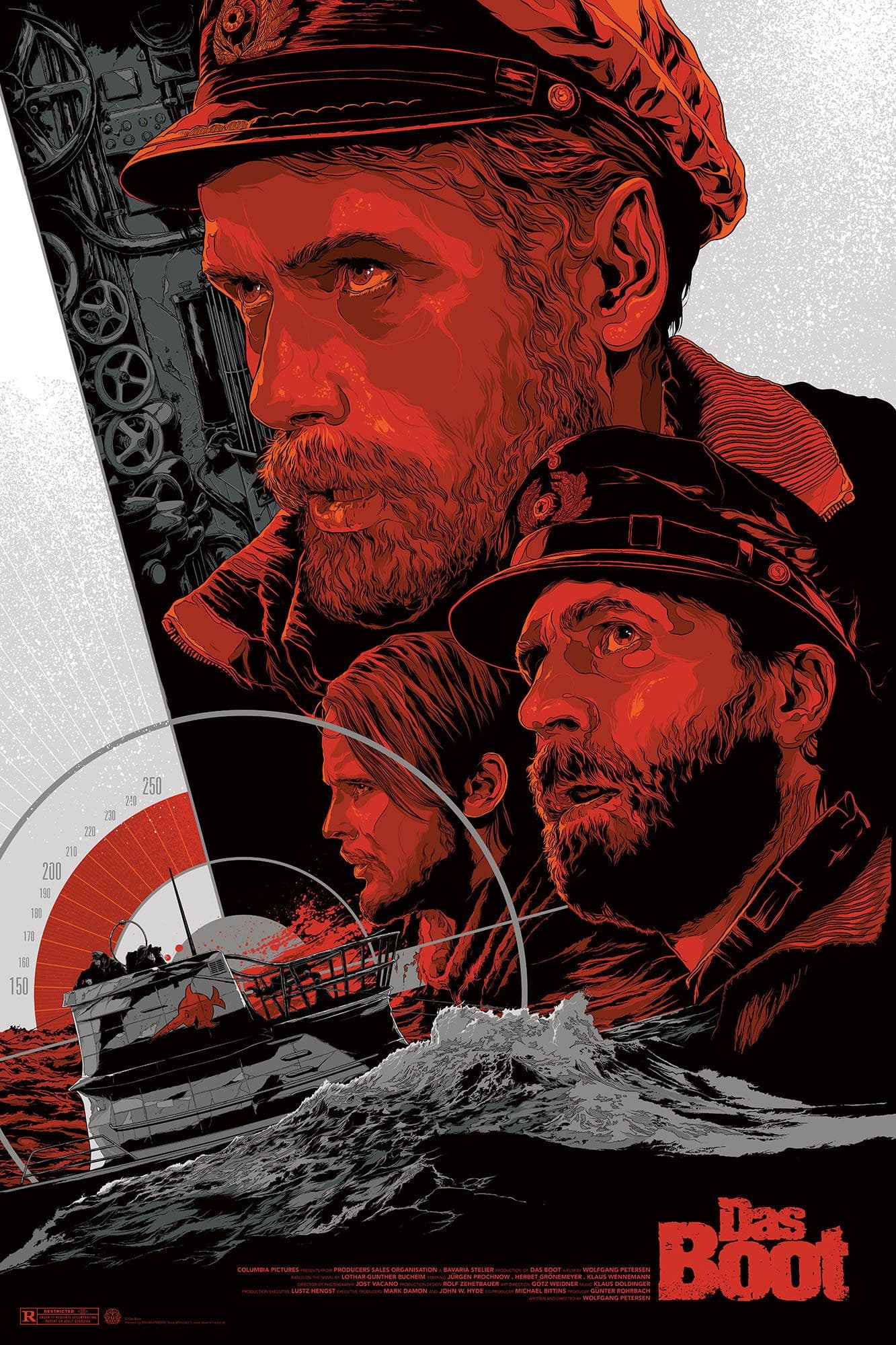
Das Boot
1981
Rate this movie
Average: 0.00 / 5
(0 votes)
Director
A claustrophobic film, Petersen's "Das Boot," adapted from a novel by Lothar Günther Buchheim. A work that keeps the spotlight on the life of a submarine crew during World War II, but does so with a depth and ruthlessness that transcend mere war reporting to touch universal chords of human experience under pressure. Here, claustrophobia is not a mere scenic expedient, but rather a structural and psychological principle: the cramped space of the submarine becomes a metaphor for its occupants' imprisoned minds, their compressed dreams, their suffocated hopes. Petersen doesn't merely show us metal walls; he makes us feel the oppressive weight of thousands of tons of water, the groaning metal, the stale air growing increasingly rarefied, making the film a sensory experience even more than a narrative one.
The meticulous attention to every detail, to the characters' bottled-up emotions, to the tight and profound dialogues, to the anti-militarist angle of the story: all this makes Das Boot an absolutely unique work within the war genre. That meticulousness translated into the incredibly faithful reconstruction of a U-Boat, achieved with an obsessive precision that led the director to commission a set practically identical to the original, even in its vibrations and sounds, also thanks to the consultation of real U-boat veterans. This is not a mere exercise in style, but a foundation upon which to rest the authenticity of every breath, every drop of sweat. The emotions, precisely, are not exhibited but seep through the cracks of their inner armor, through tired glances and eloquent silences. The captain, portrayed by a memorable Jürgen Prochnow, embodies disillusionment and moral erosion, a man whose mettle was forged not by glory, but by the raw reality of conflict, light-years away from the heroic rhetoric typical of the genre. The dialogues, sparse and essential, are imbued with resigned irony and brutal wisdom, revealing the most recondite fears and the often futile attempts to preserve a glimmer of humanity in a dehumanizing context. This deeply critical and disillusioned approach to conflict is a distinctive hallmark of post-war German cinema, which has been able to re-examine its own history without sugarcoating, placing itself in stark contrast to the propagandistic narratives of other countries. "Das Boot" celebrates neither heroes nor glorious deeds; on the contrary, it exposes the futility and intrinsic horror of war through the eyes of ordinary men, trapped in a mechanism larger than themselves.
The story is that of a German submarine and its crew engaged in missions around England in 1941. The submarine's orders are to attack and destroy supplies bound for Great Britain. The naval vessel is based in the French port of La Rochelle, but the crew spends many long months on the open sea without ever seeing sunlight. This sensory deprivation, far from being a mere detail, becomes a central narrative element, symbolizing a captivity far deeper than the physical. The absence of natural light, constant humidity, penetrating cold, and the persistent stench of diesel, sweat, and death are elements that slowly erode the sailors' psyche, pushing them to the limits of endurance. Chases, shadows in the depths, ships to sink: all this is part of their horizon, and nothing else. The routine of the hunt, interrupted by moments of pure terror during attacks and subsequent enemy countermeasures, creates a pulse that the film masterfully conveys, almost forcing the viewer to hold their breath along with the protagonists. The ocean, in "Das Boot," is not a romantic theater of adventures, but a primordial and indifferent entity, a liquid graveyard where the fate of men and machines hangs by a very thin thread.
A masterful directorial approach makes the narrative plot highly engaging, remaining grim and suffocating from beginning to end. Petersen, with an almost documentary yet intrinsically dramatic direction, uses the camera not just to observe, but to immerse. The long tracking shots inside the submarine, following the characters through narrow corridors and suffocating compartments, create a sense of immediate participation and disorientation. Every creak of metal, every depth charge sound exploding nearby, is not a simple sound effect, but a hammer pounding on the viewer's temples, amplifying the anguish and vulnerability of those crammed bodies. This sound approach, combined with livid and crepuscular cinematography, elevates the film far beyond simple war entertainment, making it almost a study of collective psychology under extreme coercion.
Some apocalyptic scenes remain etched in memory: such as the submarine, after sinking the enemy ship, leaving the survivors at sea to their fate, leaving behind an ocean ablaze. This image, of harrowing beauty and cruelty, encapsulates the morally ambiguous essence of conflict and the dehumanization that results from it. There is no triumph in that victory, only the chilling echo of sacrificed lives and the awareness of violence begetting more violence, in an seemingly endless cycle. It is a moment that forces the viewer to confront the ruthlessness of war, where even the "victors" are marked by an indelible stain. "Das Boot" is, ultimately, an elegy on loss – the loss of lives, certainly, but also the loss of innocence, humanity, and hope, which slowly wastes away in the depths, where every sunrise is a faded memory and every breath is a small act of resistance against the encroaching darkness. A masterpiece that continues to resonate, not as an echo of the past, but as a perennial warning.
Country
Gallery
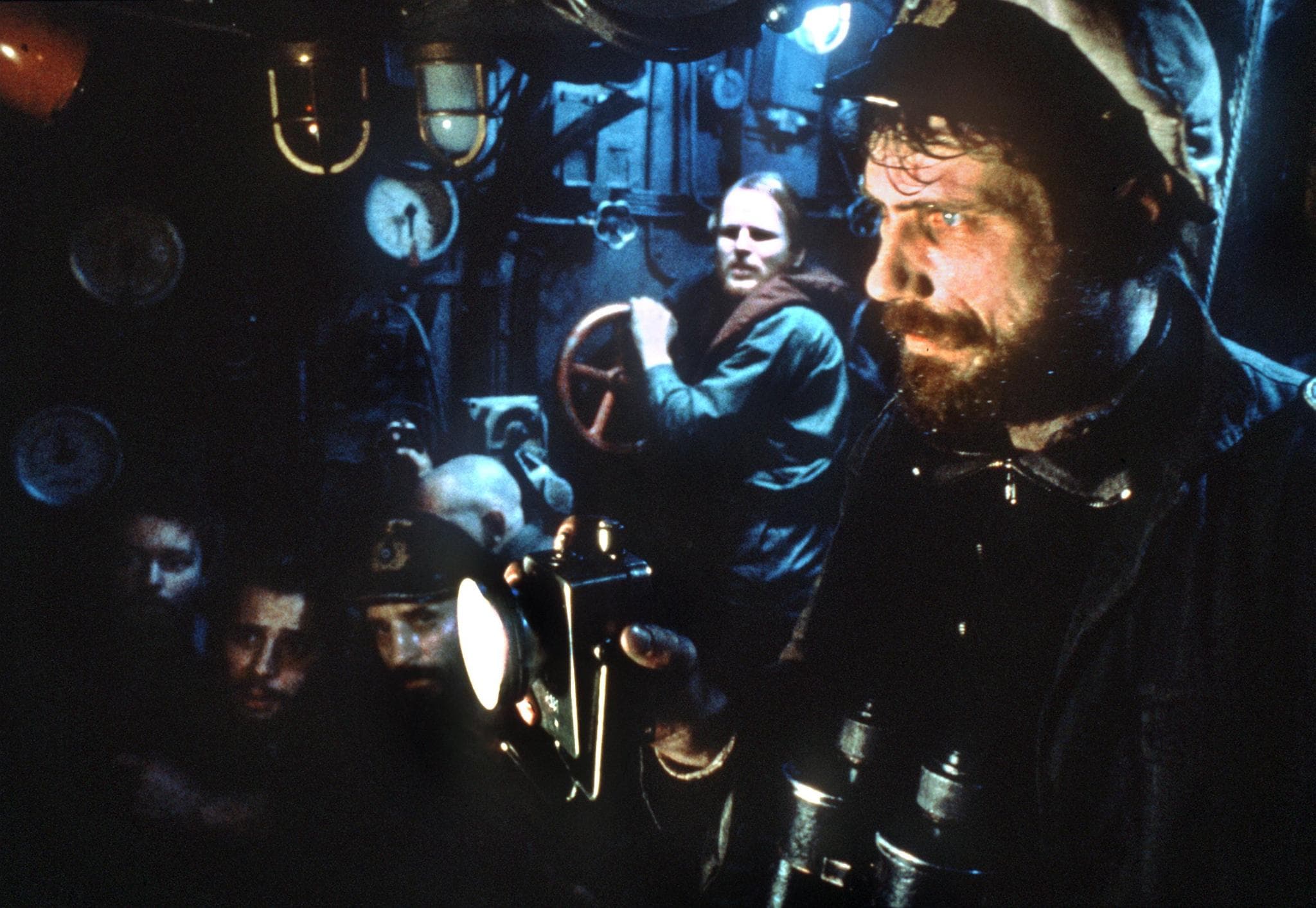
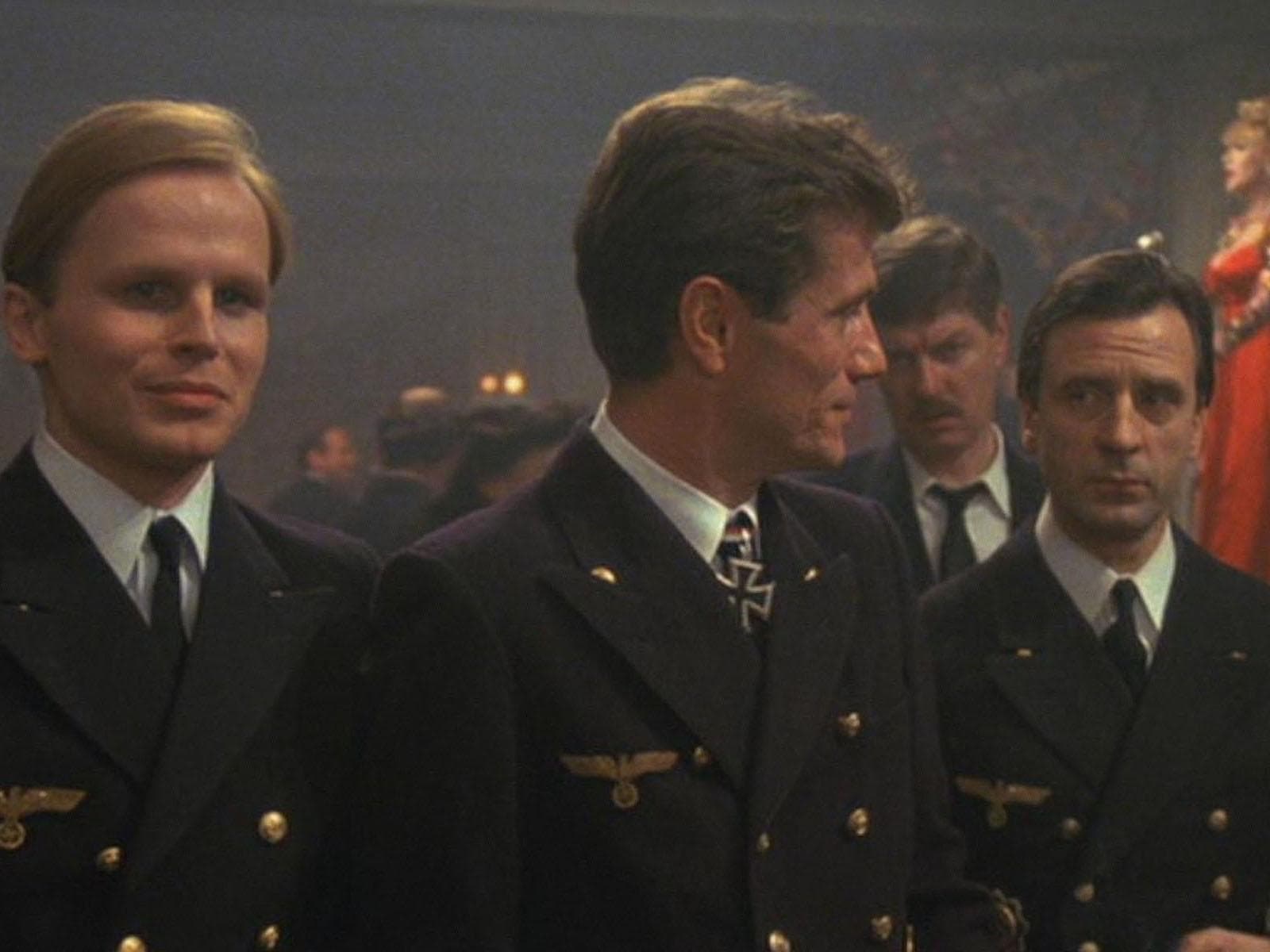
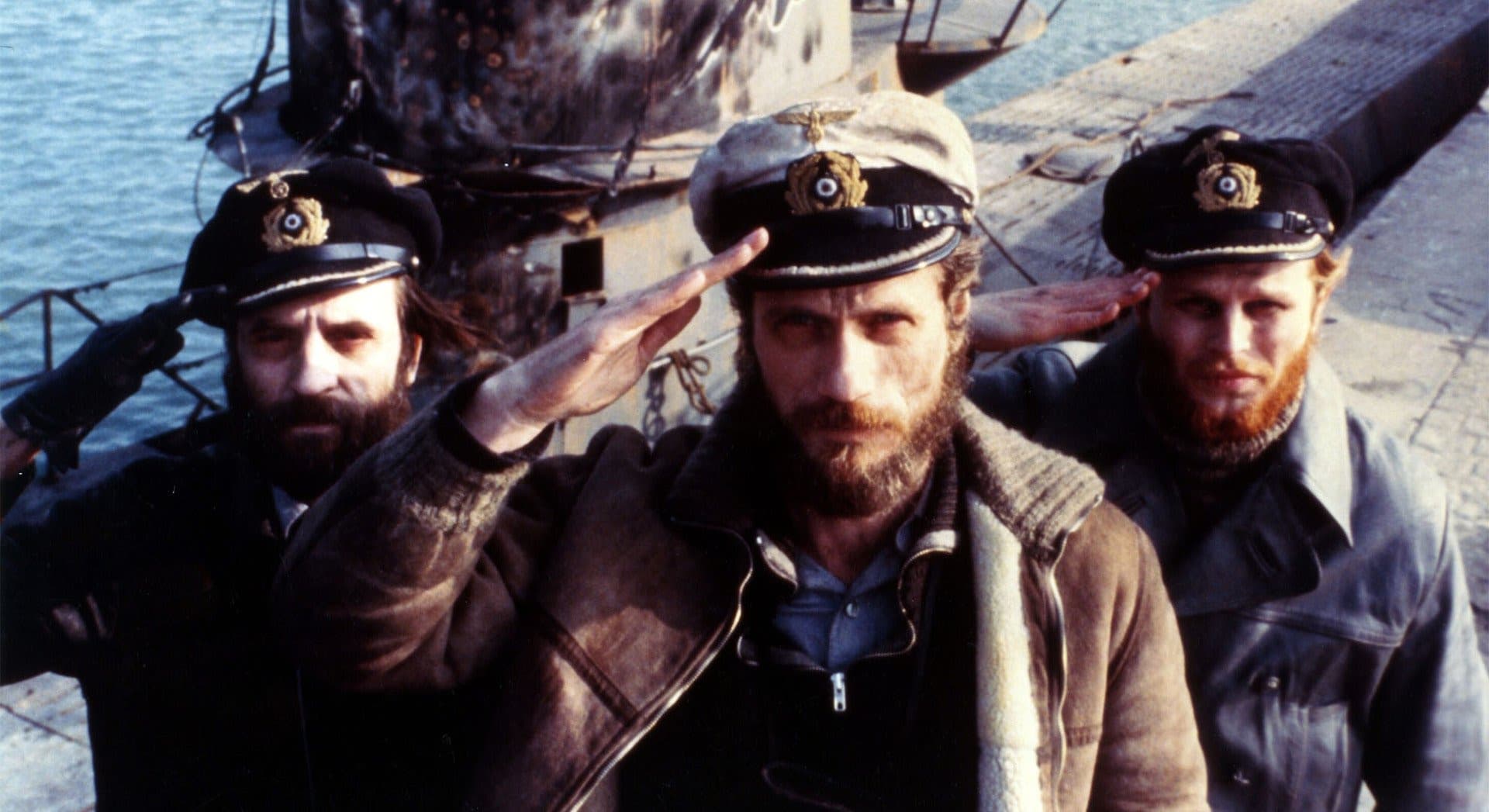
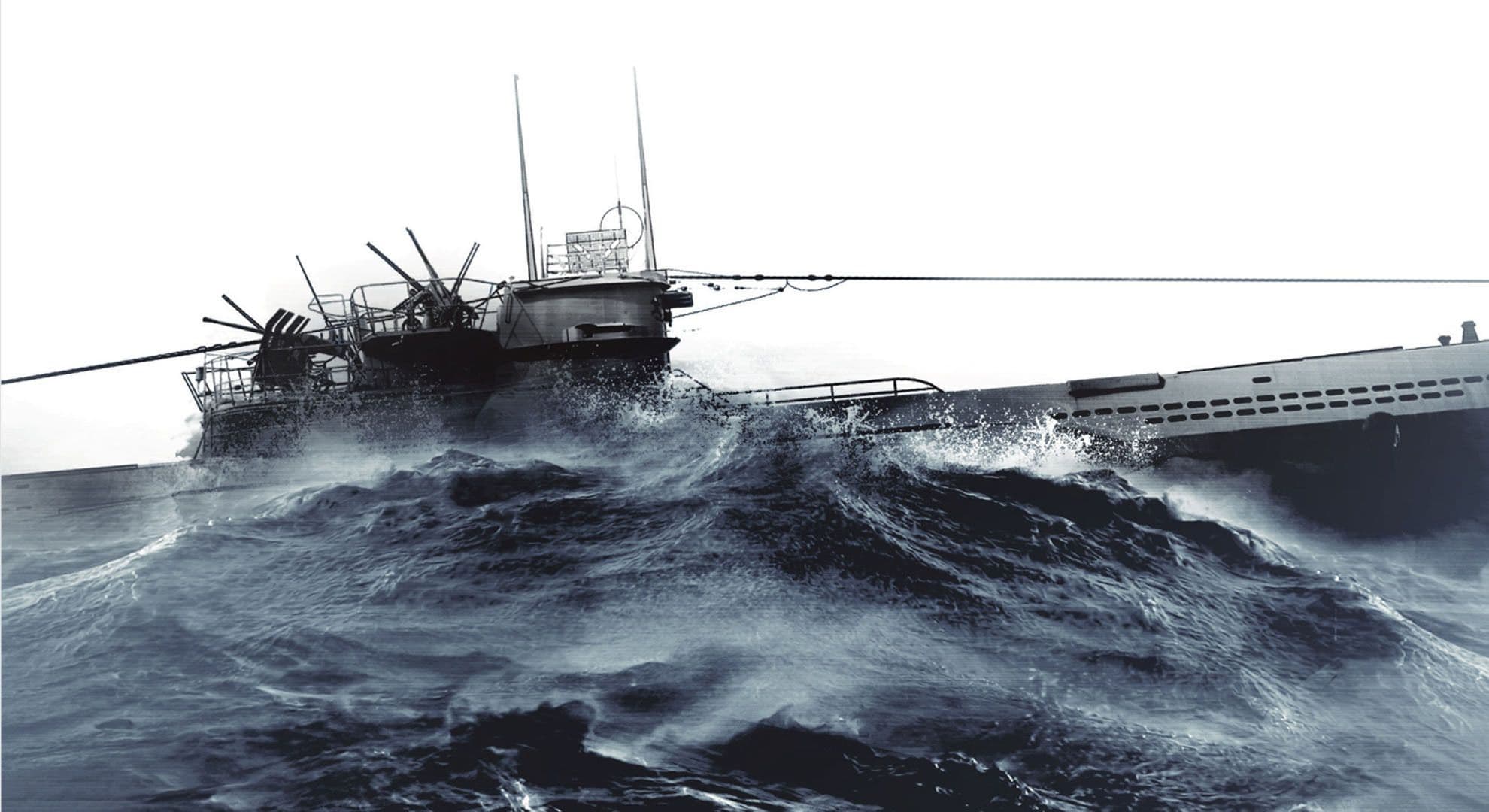

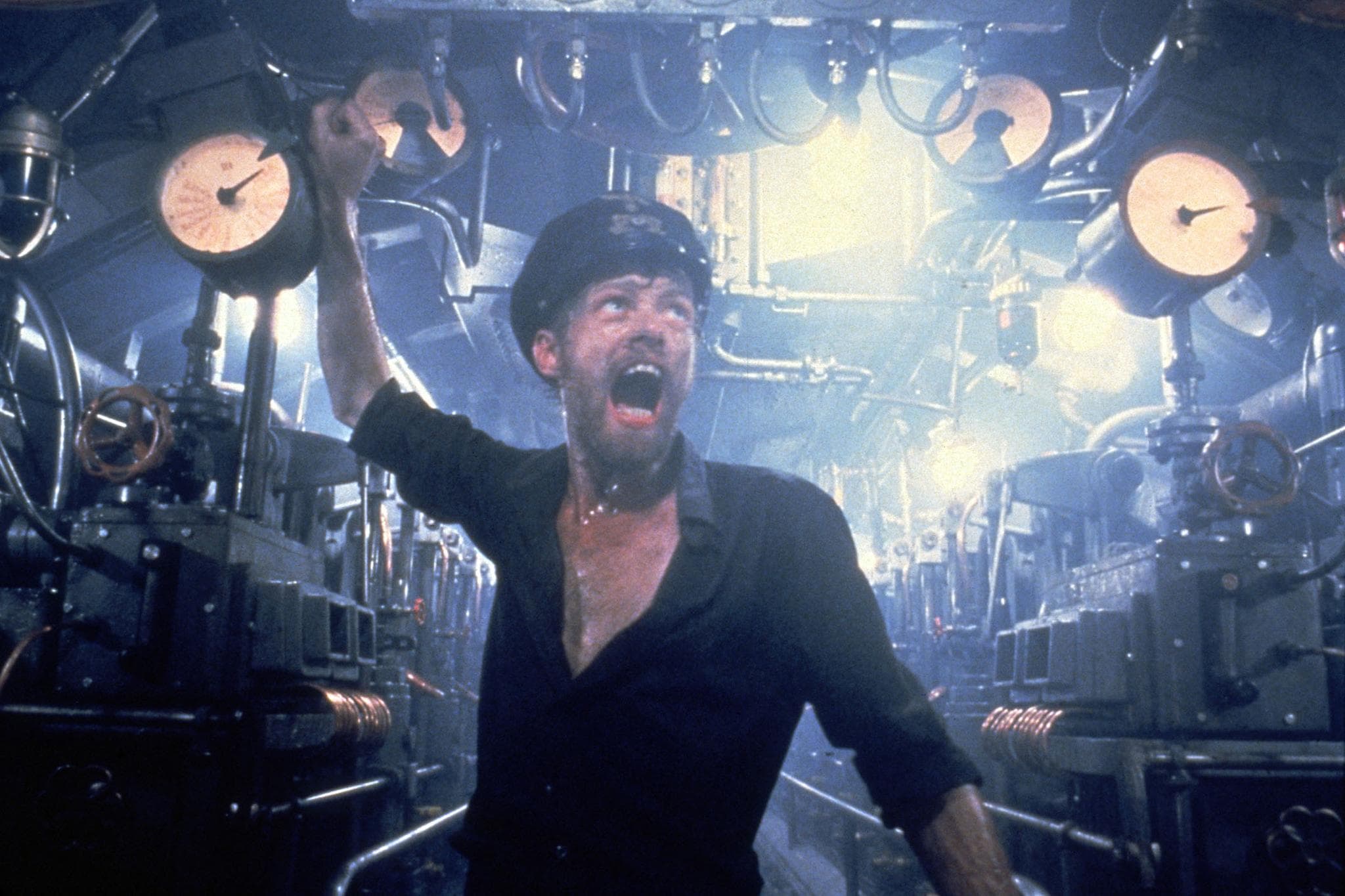
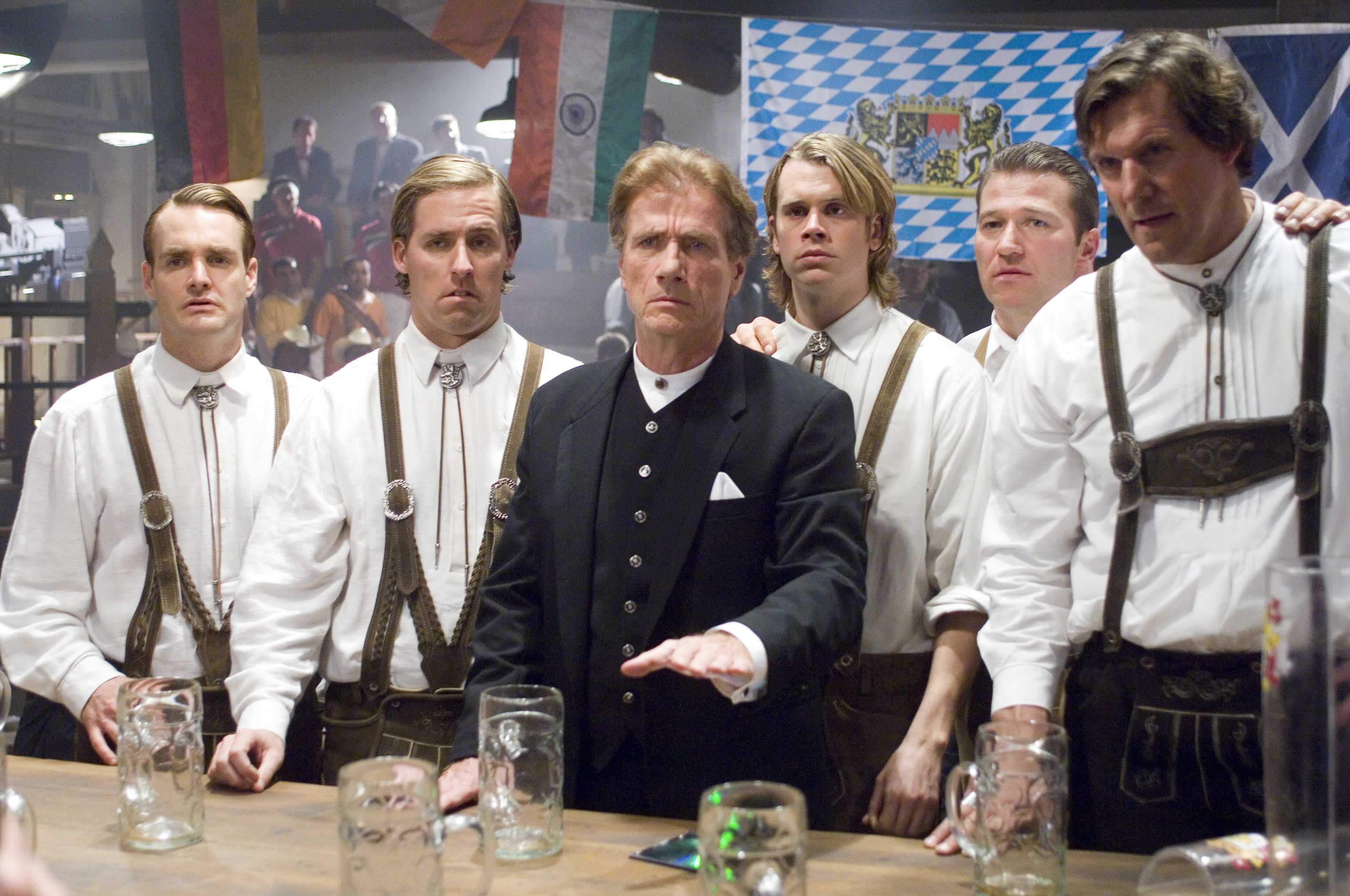
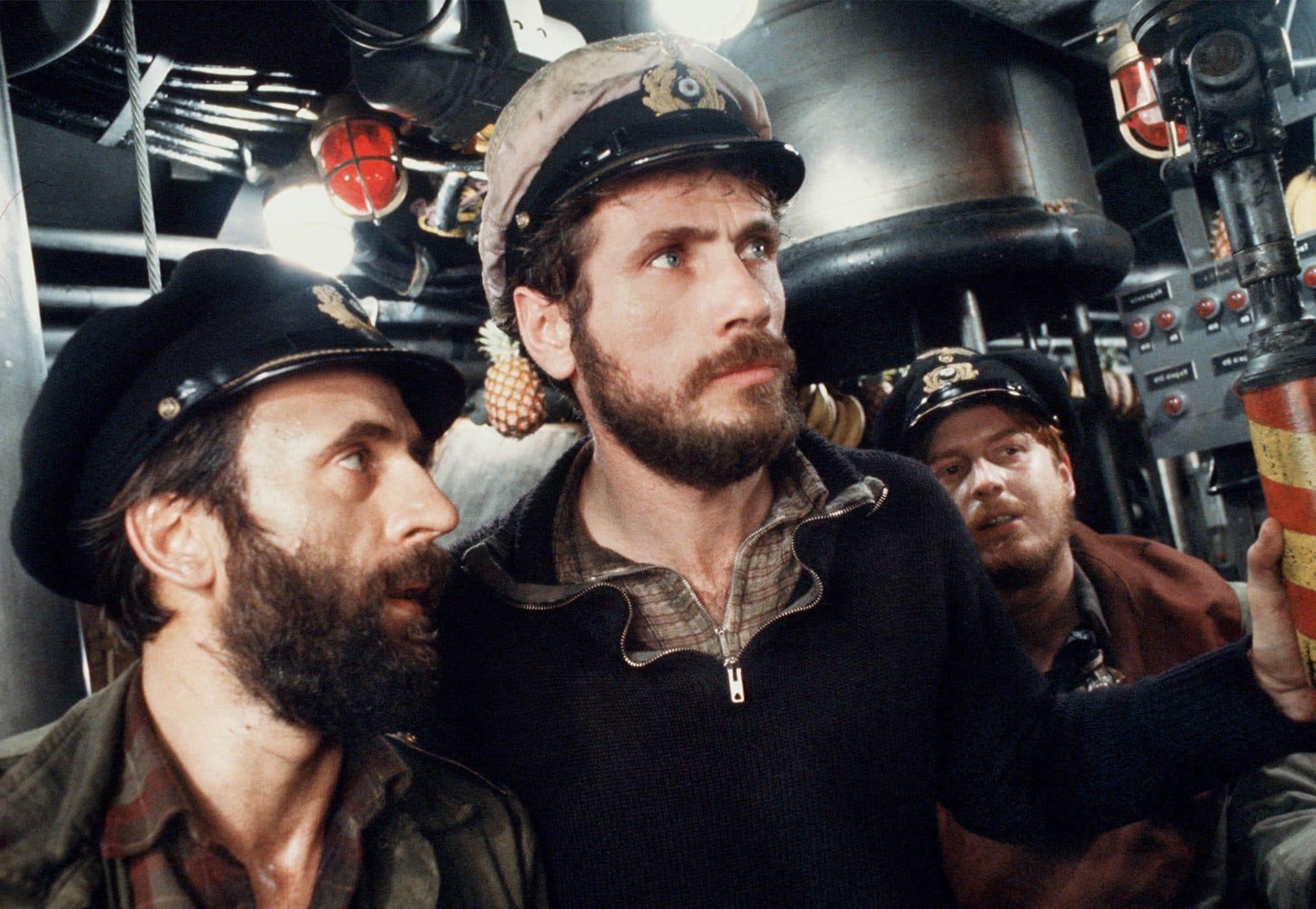
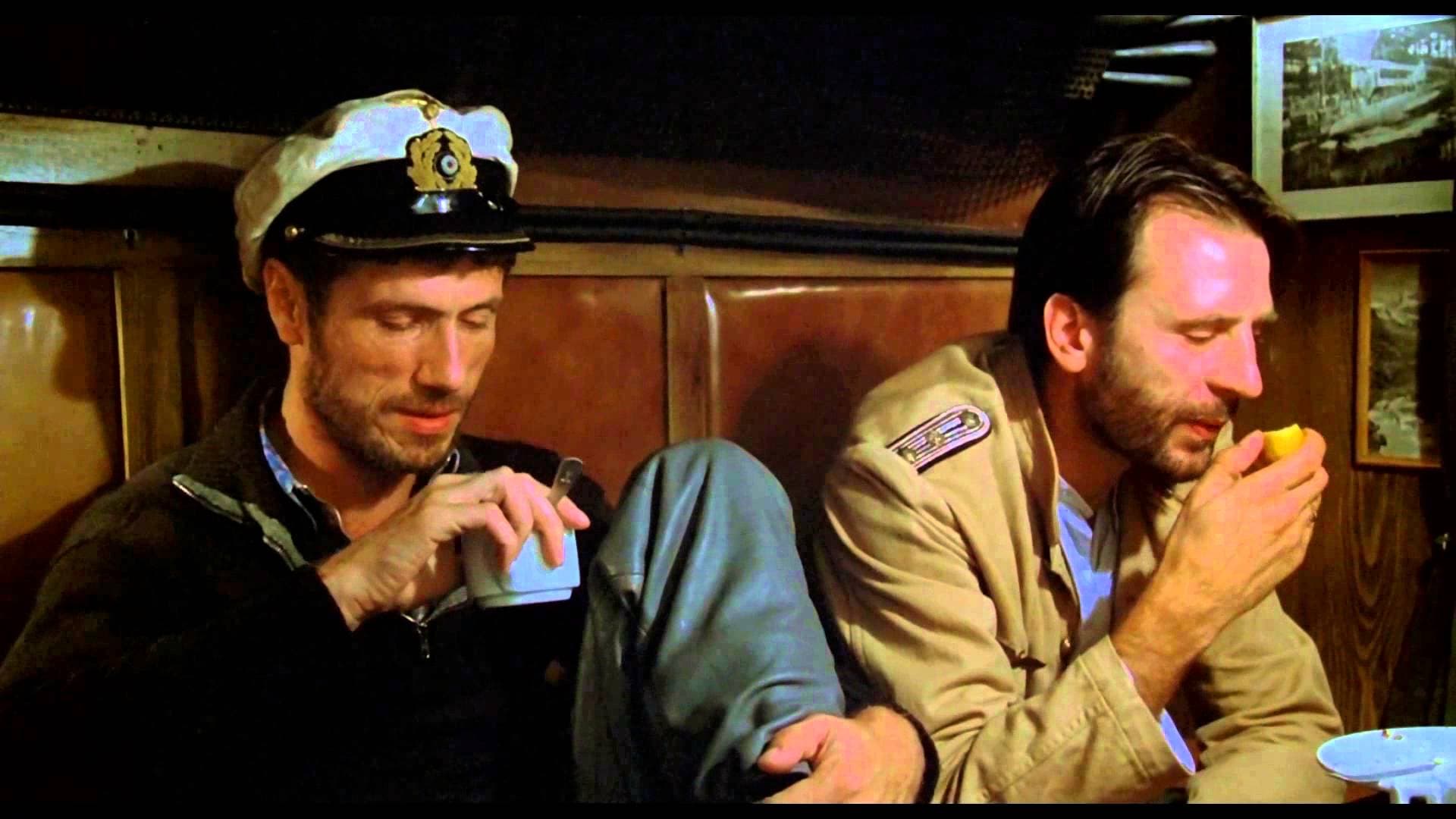
Comments
Loading comments...